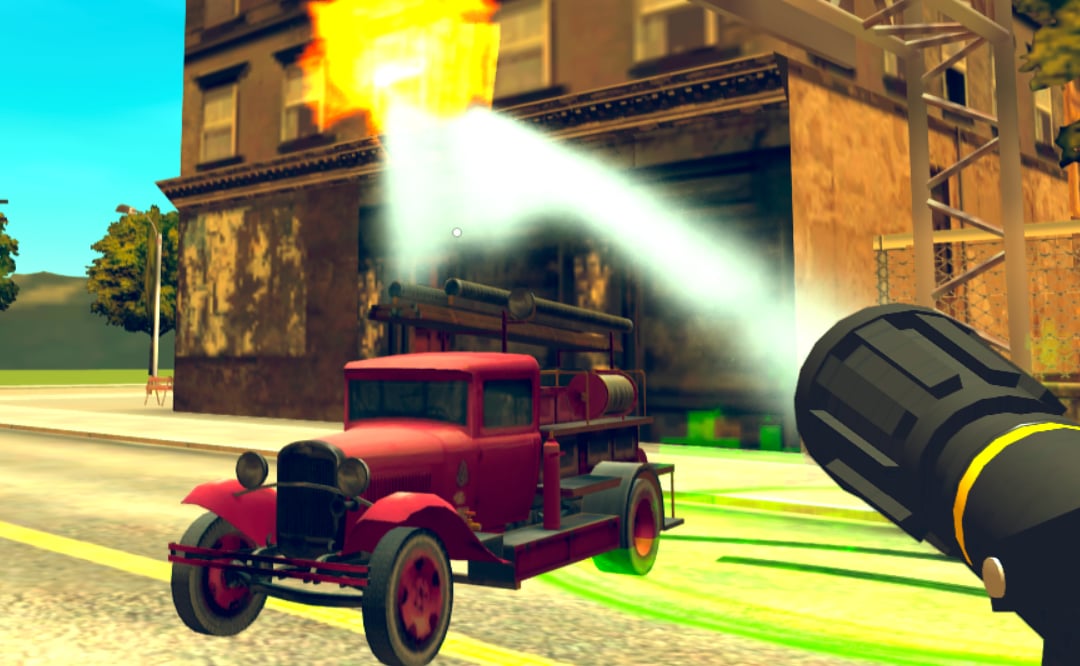

Many WOWs had not worked outside of the home before, let alone in industrial settings. Over half of these workers were women, known as Women Ordnance Workers (WOWs). At its peak in July 1943, the plant employed 26,000 people, equivalent to about 1% of Minnesota’s population at the time. In addition to supplying troops overseas, the TCOP created new opportunities within the domestic workforce. Women work on the production line at the Twin Cities Ordnance Plant, 1945.Ĭourtesy of Hennepin County Library, Minneapolis Newspaper Photograph Collection. By 1945, workers began to produce metal parts for 105-mm and 155-mm artillery shells. Between February 1942 and September 1945, the plant manufactured military equipment and supplies, namely. The federal government contracted the Federal Cartridge Corporation (FCC) to operate the TCOP. It eventually expanded to 262 total buildings, occupying 2,400 acres. The plant originally consisted of 100 buildings, completed over a six-month period. Workers converted existing factories for wartime uses and quickly erected new facilities, including the Twin Cities Ordnance Plant (TCOP) in New Brighton, Minnesota, located about ten miles north of Minneapolis and St. The Lend-Lease Act authorized the government to hire private contractors to build and run government-owned ammunitions manufacturing plants. The outbreak of World War II catalyzed defense production across the United States. At its peak, the plant employed 26,000 Minnesotans, including record numbers of African Americans (both men and women) in an integrated setting.

The Twin Cities Ordnance Plant was established in 1941, specifically for World War II defense production. Aerial photograph of the Twin Cities Ordnance Plant, 1947.Ĭourtesy of Hennepin County Library, Minneapolis Newspaper Photograph Collection.


 0 kommentar(er)
0 kommentar(er)
